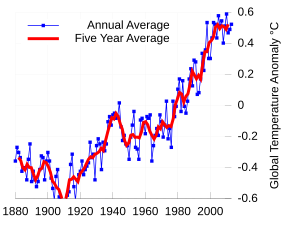For a government, its businesses, other organizations, and citizens to flourish, its people, goods, and information must have the ability to move and interact freely in an integrated, cost efficient, resilient, and effective manner. Reliable, responsive infrastructure helps make this possible. Infrastructure includes the physical structure, components, and systems that provide the energy generation, transmission, and distribution, transportation network, digital communications network, water treatment and distribution, wastewater treatment, flood control, solid waste disposal, and educational function of the government’s territory. Determining the proper mix of infrastructure investment by type and cost to be provided by government within its jurisdiction requires careful consideration and analysis of a significant amount of information.
Typical U.S. local elected officials[1] should acknowledge that much of their constituencies’ infrastructure—its roads, sidewalks, streetlights, bridges, dams, public schools and colleges, public hospitals, the electrical grid, the water system, the storm water system, the sewage system, and many other major societal support systems—have been neglected for far too long. In order to address this neglect, they should seek to invest in revamping most of the old and constructing some new infrastructure in their communities. First, they should inventory the current infrastructure in their jurisdictions, assess its scope and extent, and catalogue the histories and timelines of its construction, maintenance, and operation, including each system’s direct and indirect costs. Next, they should categorize their jurisdictions' infrastructure wants and needs based on (1) these current inventories and their current providers (i.e., private sector, my jurisdiction, or another (special district or differing level) jurisdiction), (2) the current and projected adequacy (or inadequacy) of this infrastructure to meet expected needs, (3) the current states of repair and remaining expected lives of this infrastructure, (4) the current and expected future unmet infrastructure wants and needs (based on historic failures, internally anticipated inadequacies, and surveys of the constituency), (5) the current and projected funding sources[2] (and its adequacy or inadequacy) for current and anticipated infrastructure that includes planning, construction, maintenance, and operation over the full life-cycle, and (6) special considerations such as zoning and other laws and regulations, environmental concerns and constraints, and public safety issues.
Once this information is collected, they should work with other elected officials to rank potential infrastructure investment based on a combination of societal need, public safety, sustainability, public desire, and life-cycle funding source adequacy, respectively.
[1] Since much of American infrastructure is built and operated by local or state governments, state or local officials are the main intial drivers of infrastructure development.
[2] These may include direct taxes, user fees, grants, bonds, private-public partnerships, or combinations thereof.





![Reblog this post [with Zemanta]](http://img.zemanta.com/reblog_b.png?x-id=c7b792cb-6e57-49d3-a481-910698697493)